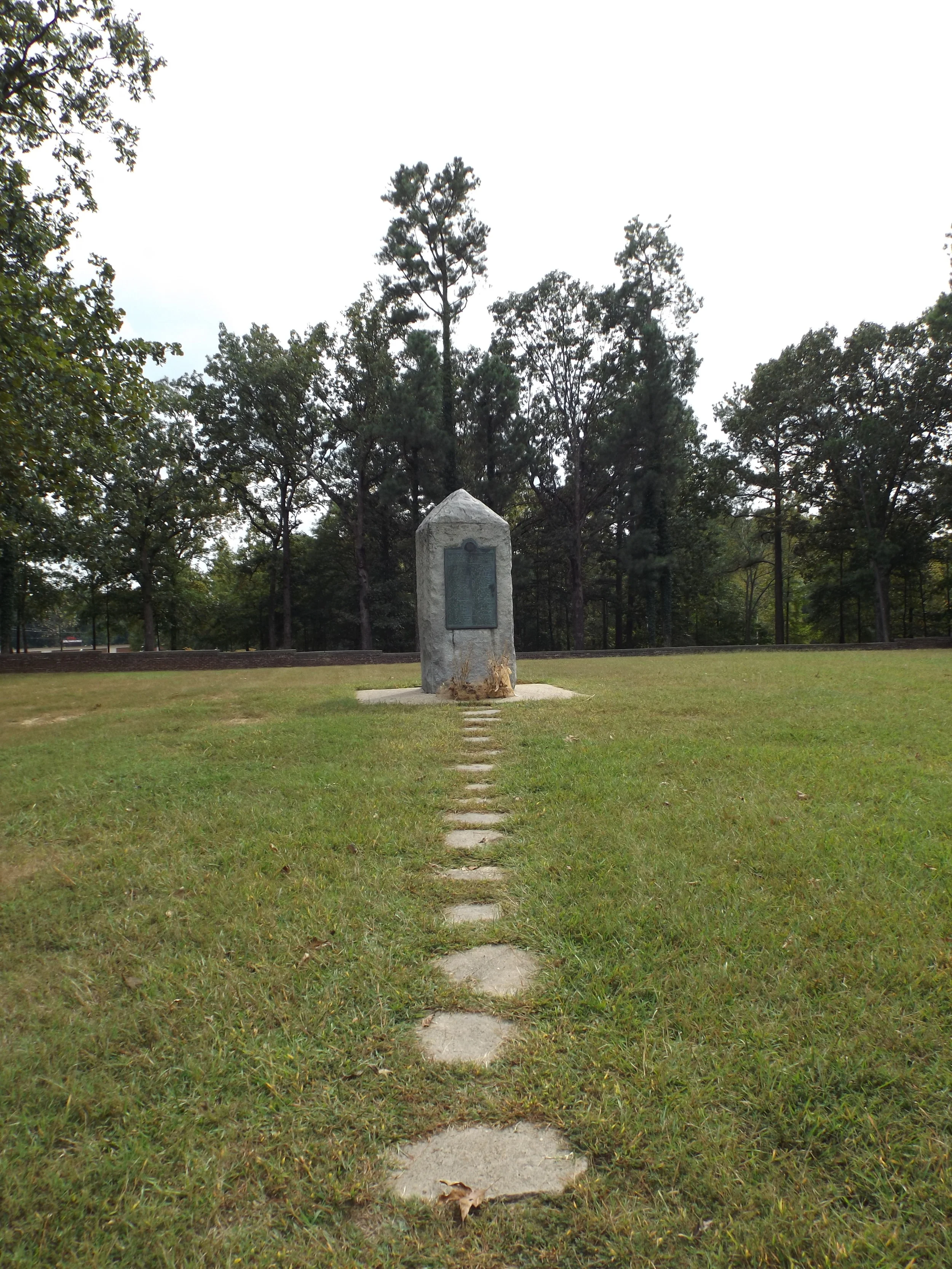The South Needs to Commemorate Its Southern Unionists
/The historical amnesia of the South regarding its black and white Union soldiers should be rectified. By choosing to selectively remember and honor Confederate soldiers while simultaneously ignoring the many Southerners who fought for the Union, Southerners send clear message that loyalty to region, protection of white supremacy, and veneration of the Confederacy are the only legacies of the Civil War worth remembering. If Confederate monuments continue to be torn down, new ones should go up, celebrating those Southerners--black and white--who remained loyal to the Union and brought about “a new birth of freedom.”
Read More




















